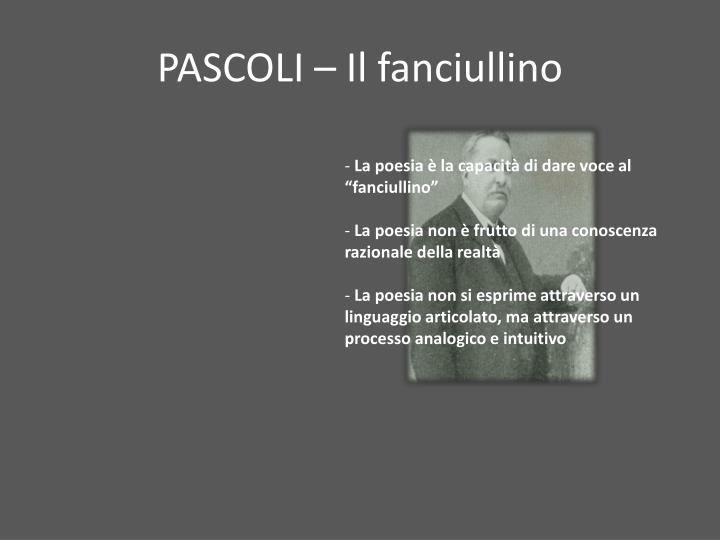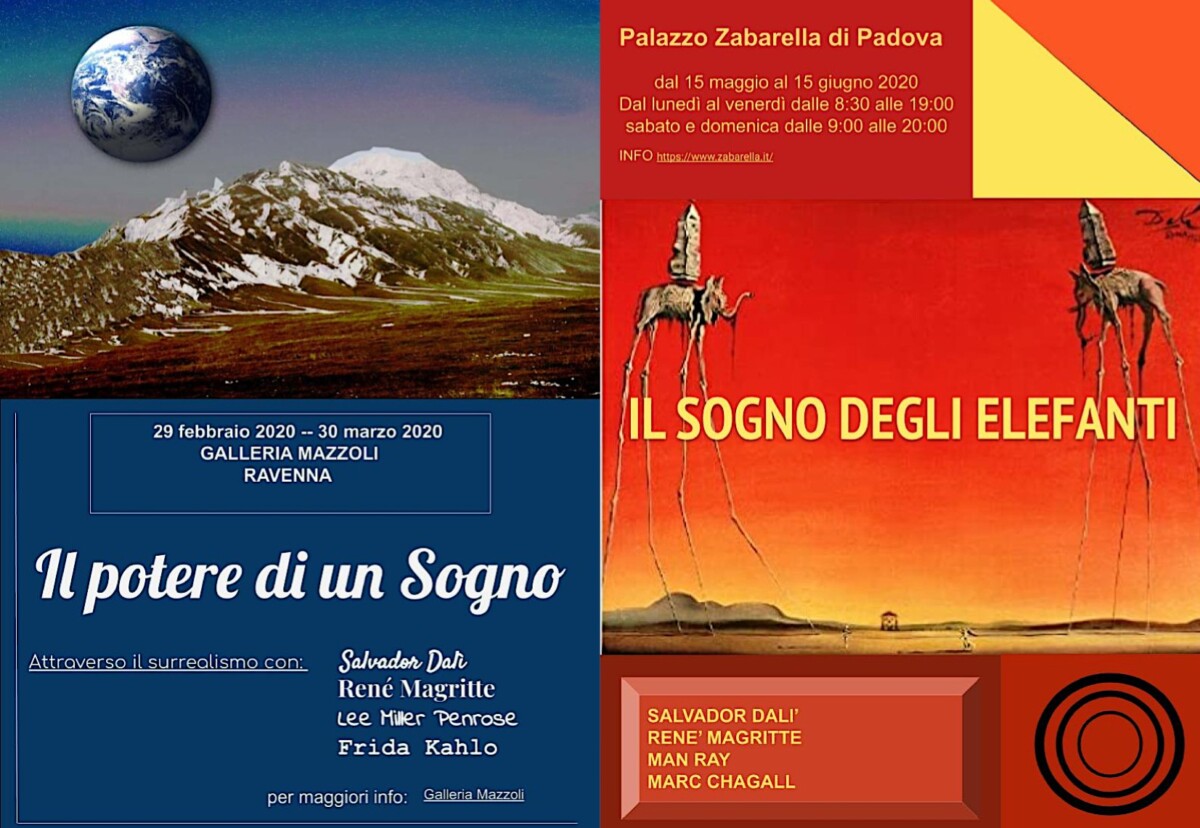

Je ferai notamment référence à la théorie des polysystèmes d’Even-Zohar pour interpréter la réception des textes d’André Breton en Italie. Original resource at: University Library of Padua.ĭescription based on data extracted from World Digital Library, which may be extracted from partner institutions.Résumé : En partant de la définition de la « résonance », un terme assez récurrent dans les études d’histoire littéraire et de traduction, la première partie du présent article portera sur une approche lexicale, analytique et théorique du terme. Janson, A History of Art (Englewood Cliffs, NJ: Prentice-Hall, 1970).|John James White, "Futurism," in Encyclopaedia Britannica.|"Words External in Freedom: Futurism at 100." An exhibition held at the Museum of Modern Art, New York, in 2009. Reference extracted from World Digital Library: H.W. Title devised, in English, by Library staff. Milan, Italy : Poligrafia Italiana, 1909. Several of the Futurists, notably Boccioni and Sant'Elia, were killed during World War I. Prominent Futurists included painter and sculptor Umberto Boccioni (1882-1916) painters Carlo Carrà (1881-1966), Giacomo Balla (1871-1958), and Gino Severini (1883-1966) painter and composer Luigi Russolo (1885-1947) and architect Antonio Sant'Elia (1888-1916).

Marinetti's original manifesto was followed by Futurist manifestoes on sculpture, painting, literature, architecture, and other fields written by other members of the movement.

Marinetti also founded and edited a journal, Poesia (Poetry). The Futurists glorified violence and conflict and called for the destruction of cultural institutions such as museums and libraries. The original Futurist manifesto of 1909, written by Marinetti, exalted the beauty of the machine and the new technology of the automobile, with its speed, power, and movement. The goal of the Futurists was to discard the art of the past and to usher in a new age that rejected tradition and celebrated change, originality, and innovation in culture and society. Futurism was a short-lived artistic movement, founded in 1909 by the Italian writer Filippo Tommaso Marinetti (1876-1944). Presented here is an Italian reprint of 1909, from a collection of Futurist documents held by the University Library of Padua. Fondazione e manifesto del futurismo (Futurist constitution and manifesto) is the founding manifesto of the Futurist movement, first published in the Paris newspaper Le Figaro on February 20, 1909.


 0 kommentar(er)
0 kommentar(er)
